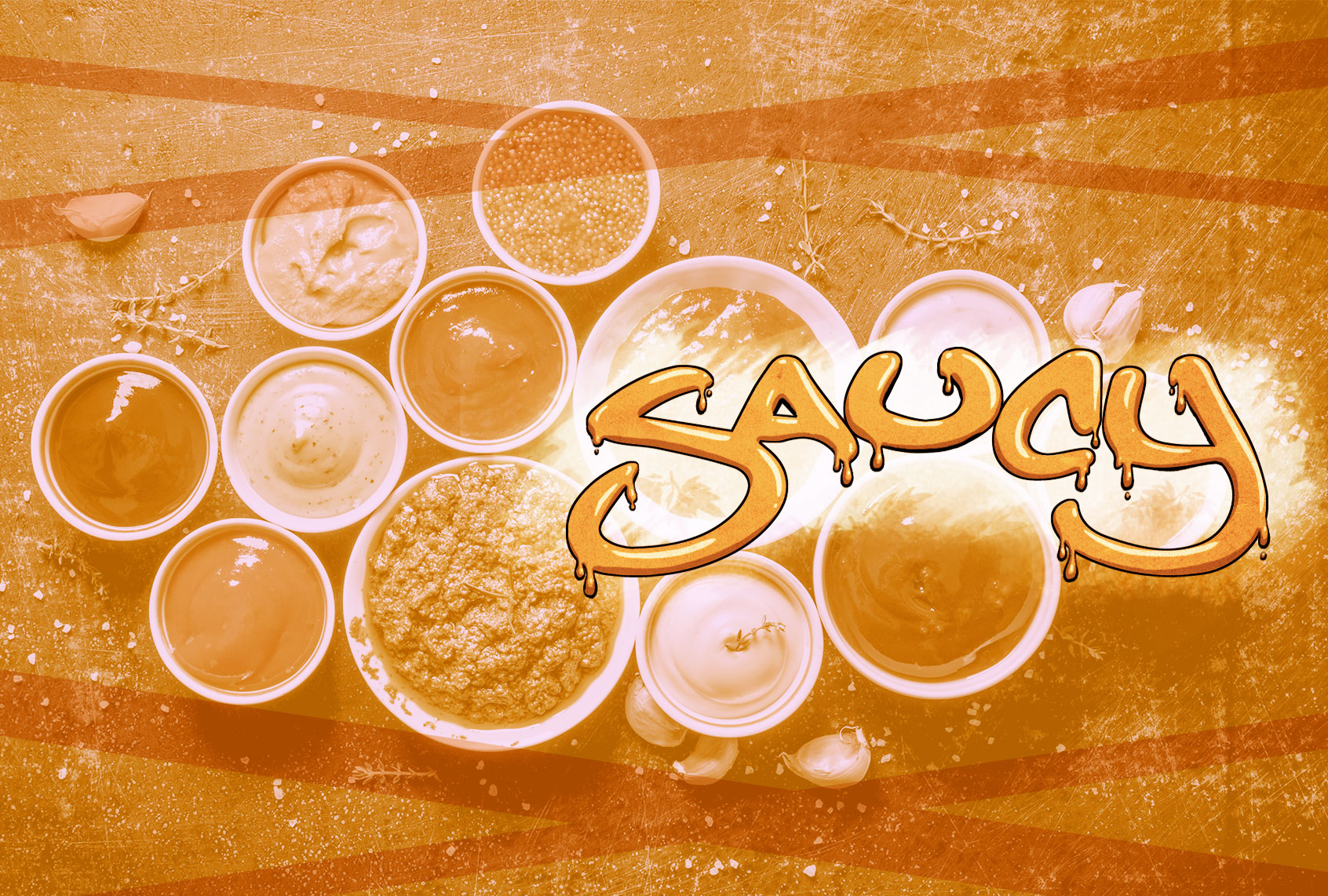We’re back this week with another Saucy Q&A, answering Salon readers’ burning condiment questions. This time, we’re focusing on summer-themed queries about making a better barbecue sauce, food safety at cookouts and what sauces to meal-prep when it’s too hot to even think about turning on the oven. If you have any condiment questions of your own, send them my way at astevens@salon.com.
Confession: I’m not the kind of person who wants to make my own barbecue sauce. But is there anything that I can add, like spices or something, that makes bottled sauce better? (By the way, I don’t love mustard-based barbecue sauces, so I typically buy whatever brown, tomato-based sauce is cheapest at the store) — LeAnne
For sure. The first thing that comes to mind is tamarind paste or concentrate, which is an ingredient that gives Aaron Franklin’s famous barbecue sauce a lot of interesting dimension.
Tamarind is a tropical fruit. The sticky pulp inside is removed and is often softened into a paste. It has the best flavor — a little sour, a little earthy and it can have an almost caramelized sugar flavor, especially as it ages. I love it; Mexican Pulparindo salted and spiced tamarind pulp candy is a road trip must-have for me.
Most Mexican, Indian and Asian markets have tamarind concentrate, which is a powder that is reconstituted with water, on their shelves. Once prepared, that can be added, a spoonful at a time, to your barbecue sauce for a really unique tang. You can also purchase jarred tamarind paste like this product from Pure Indian Foods.
A lot of cheaper grocery store barbecue sauces can taste a little one-note (which is why you’re writing, obviously!), so go for additions that add depth without clashing with the existing flavors too much. Try other things like pomegranate molasses; a few tablespoons of brewed espresso; a spoonful of the adobo sauce from canned chipotles; a generous tablespoon of minced, pickled garlic, which you can grab from the grocery store olive bar.
Oh, and I’d be a trash Kentuckian if I didn’t at least suggest heating your barbecue sauce in a small saucepan and adding a splash or two of bourbon. It adds a pretty great oaky flavor that just works with smoked meats.
How long can I leave mayonnaise-based salads like pasta salad out at a cookout without it going bad? — Richard
Per the FDA, two hours is a safe cut-off for any foods that require refrigeration. Though, they caution, “one hour if the air temperature is above 90° F.”
I’m getting to the point of the year where I don’t want to be turning on the oven if I don’t have to, so I’m doing a lot of batch cooking on the weekends. Are there a couple of condiments/sauces I could make that I can pull out of the fridge when I want them? Also, what should I be storing them in? — Jazz
Chimichurri is definitely going to be your friend during the next few months of oven-less cooking! The oil-based, herby sauce originated in Argentina. Recipes are often pretty loose, consisting of pulsed parsley, oregano, olive or sunflower oil, garlic and a splash of red wine vinegar. Some versions add garlic, citrus zest or minced shallots.
This to say, it’s a flexible recipe that you can adapt to your personal tastes, but this version from Food52 is a good place to start. When stored in a covered container in the refrigerator, it can last up to two weeks.
While it’s typically served with cuts of grilled meat (often beef), chimichurri is great to spoon over grain bowls, to use as a dressing for a light vegetable-packed pasta salad or to swap out for pesto in those TikTok-famous eggs.
Romesco is also one of my favorites when it becomes unbearably hot. It’s made by pulsing roasted red peppers, tomatoes — sometimes sun-dried — almonds or pine nuts, olive oil and salt. Like chimichurri, some versions call for red wine vinegar, garlic or lemon juice.
Mix a spoonful through pasta as a simple sauce, serve it with grilled shrimp and vegetables or just sop it up with bread as an appetizer or as dinner with a cocktail. (No judgement . . . it’s one of my standby summer suppers!)
As for what to store them in, you can go for small, glass jars with lids. I also recently ordered a set of big plastic deli tubs from my local restaurant supply store. They’re dishwasher-safe and easy to stack in the refrigerator. As a reminder to keep things fresh, write what’s inside and the date you made it using a strip of painter’s tape and a Sharpie.
Read More Saucy:

